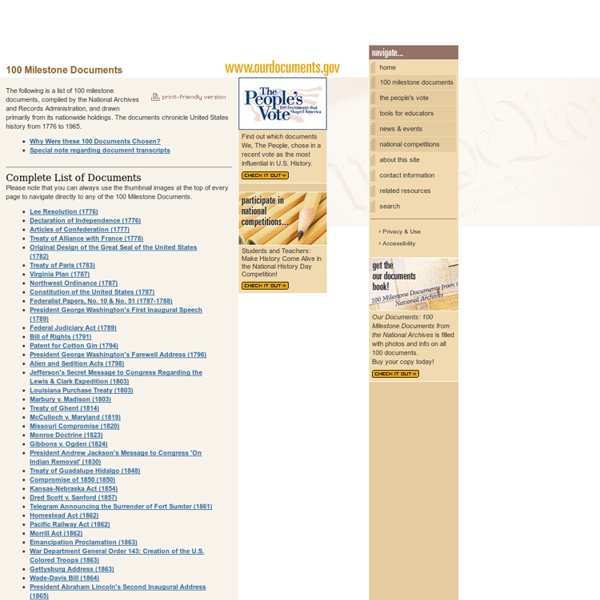Finding Aid on the Cold War
Compiled by Tim Wehrkamp Contents Preface Introduction Records in Presidential Libraries Comprehensive Subject Matter Records Newsreels and Television Broadcasts Record Group 306 (Records of the United States Information Agency) Still Pictures and Motion Pictures Textual Records Electronic Records Record Group 273 (Records of the National Security Council) Textual Records Records of the Military Textual Records Electronic Records Donated Material Still Pictures Motion Pictures Intelligence Records Textual Records Reconnaissance and Satellite Imagery Foreign Policy Records Textual Records Still Pictures Records of Congress Textual Records Appendix I: List of Record Groups (RG) Cited in Reference Information Paper 107 Appendix II: Sources of Additional Information About Records or Finding Aids Described in Reference Information Paper 107 End Notes Preface NARA's descriptive program comprises a variety of information products. John W. Introduction Records in Presidential Libraries
Geography & Culture
DocsTeach
Help your students think through primary source documents for contextual understanding and to glean information to make informed judgments. The first few times you ask students to work with primary sources, and whenever you have not worked with primary sources recently, be sure to model careful document analysis. Direct students’ attention to the procedures involved and the kinds of questions you ask about the documents. Remind students to practice this same careful document analysis for every primary source they see. Learn more about introducing your students to primary source documents. For any type of document — a written document, image, map, chart, graph, audio or video — move through the following steps: Before getting into the content of the document, look at it in a very general sense and ask basic questions. Why teach with documents? When we ask students to work with and learn from primary sources, we transform them into historians. Teaching with documents can engage students.
Shared AP Government Comparative
Shared Content Subject Courses American GovernmentPsychologyWorld Geography AP European History (Revised 2015) AP Government Comparative AP Human Geography AP US History AP World History (Revised 2015) Sociology (Revised 2015) US History World History (Revised 2015) OER Terms of Use OER Content Terms of Use Click Here AP Government & Politics Comparative
How the Common Core Standards Tackle Problem Solving
When the word creativity is used, the left side of my head begins to hurt. Now why would that happen? Let's see, could be the years of exposure to right and left brain mumbo jumbo? If you want to see some interesting things about the brain, there is a course on iTunes U from the University of Arizona, called Visualizing Human Thought. The thread of literacy found in the Common Core State Standards (CCSS) suggests a way to get to the heart of problem solving. A problem solved must be compelling enough to need a solution. An Example My lawnmower quit working. How did I solve it? The problem needed to be solved, the grass was too high, the fix was dubious but doable, and the results were irrefutable. How do you get your students to solve problems?
Anti-Saloon League Museum | Westerville Public Library
What was the Anti-Saloon League? From 1893 to 1933, the Anti-Saloon League was a major force in American politics. Influencing the United States through lobbying and the printed word, it turned a moral crusade against the manufacture, sale and consumption of alcohol into the Prohibition Amendment to the United States Constitution. Under the motto "The Saloon Must Go," the organization worked to unify public anti-alcohol sentiment, enforce existing temperance laws and enact further anti-alcohol legislation. At first, the League appealed to local churches to carry its message to the people. The League was able to promote the temperance cause by publishing thousands of fliers, pamphlets, songs, stories, cartoons, dramas, magazines and newspapers. How can I find more information? This website was created based on a large collection of Anti-Saloon League documents and artifacts, bequeathed to the Westerville Public Library.
Civics
Digital History
We are very sorry, but you have reached a page that has moved or no longer exists. Please visit our home page to experience our new look and updated navigation. On August 8, 2012, Digital History switched to a new interface. We have been restructuring the database and the organization of Digital History for the past three years, and we feel this makeover will significantly improve the usability of our materials. Although the links to our textbook, primary sources, and other educational materials changed in the new interface, we believe the benefits significantly outweigh any inconvenience. Please email Sara McNeil at smcneil@uh.edu if you have any questions about Digital History.



